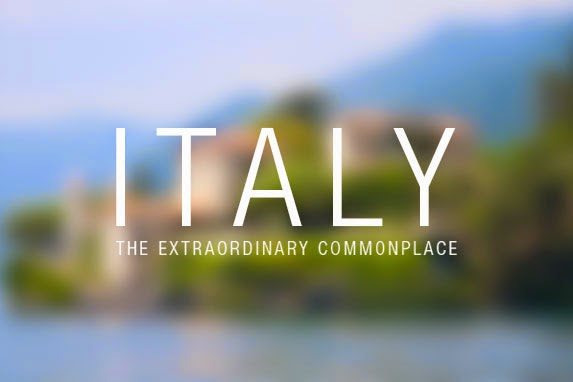
Italy is experiencing a crisis of confidence that is both domestic and international. But it’s not game over; the country has still huge potential.
It has been a year since Matteo Renzi took over as Italy’s Prime Minister on the 22nd of February 2014. From 2011 to 2014, the country found itself in the midst of yet another political crisis that has clearly affected its credibility among international investors. On November 2011, following Berlusconi’s resignation, the economist and former EU commissioner Mario Monti became Prime Minister and formed a government of technocrats, which would navigate until the next general elections in February 2013. Enrico Letta would then step in as Premier, but would resign not even a year later, as he lost the fight against Renzi within his own party. Since then Mr. Renzi, who is the former mayor of Florence and the youngest national leader in Europe, sought to deal with the difficult task of implementing the much-needed economic reforms demanded by the European Union and the International Monetary Fund, so to restore market confidence and revamp the economy (real GDP will post a poor 0.4 percent of growth in 2015 and 0.8 in 2016, according to the IMF).
During the past 11 months Renzi’s cabinet has been committed mainly to boosting job creation and growth, improving domestic competition and easing the burden of burocracy, which hinders an otherwise dynamic private sector. “If fully and effectively implemented, these reforms could contribute to improving competitiveness and addressing some long-standing obstacles to growht”, wrote the European Commission in a recent paper.
True, Italy is under deep and close scrutiny from international markets – and rightly so. Unemployment is more than 12 percent, GDP growth is sluggish and the economy is still 9% below the peak it reached before the crisis unfolded. In its latest report the OECD wrote ”the lack of recovery from recession is leading Italy’s income per capita to fall further behind the leading OECD economies. The productivity performance continues to lag and labour force participation remains weak”.
Yet, it would be a mistake to consider the country as a dead man walking, for the current crisis belongs primarily to the political realm. The recovery of the domestic economy could have already been boosted had the necessary reforms been implemented earlier. This is to say that the changing of the political landscape for the better should unleash the potential Italy still has.
The economic significance of the “Belpaese” is still quite remarkable. Italy is the third largest economy in the Eurozone, the 8th largest in the world. It is the world’s 8th largest exporter – it generates 3 percent of world merchandise trade. Italy has the second largest industrial output in Europe behind Germany. The UNCTAD/WTO 2009 Trade Performance Index places Italy second among the G20 countries, just behind Germany. “Made in Italy” goods – from fashion to food – are top class products renowned worldwide.
One of Italy’s biggest economic troubles – together with tax evasion and the hidden economy, is its massive public debt (more than 130 percent of GDP, the second-biggest public debt as a percentage of GDP among all the euro countries). However, the percentage of public debt being held by foreigners is higher than that of France and Germany and its private debt is one of the lowest among developed countries whereas household wealth is onhighest. What is more, if you take out interest payme of the highesents from the debt equation than you’ll discover that Italy holds a primary surplus, which is among the highest in the world. Italy is still a rich country, with its people being the its most precious asset.
Italians are creative by nature, as the latest Government advertising campaign showcases: from the helicopter to the radio to the Google’s search algorithm, Italians contributed (and still do, often outside Italian borders) to some of the most important inventions of humankind. During the last decade not enough attention has been given to the needs of younger generations – the inventors of tomorrow. According to the National Statistics Bureau, youth unemployment is around 42 percent whereas the Neet (Not in Education, Employment or Training) population counts more than 2 million people. This means the country is losing out on the country’s brightest and most dynamic minds. Improving these stats, Mr Renzi said, is the number one priority for his government.
With the recent appointment of the newly elected president, Sergio Mattarella, Italy has a genuine chance for a game reset. Not only does the country now have a young and energetic Prime Minister, who is likely to hold office until the next scheduled elections planned in 2018 – hence bringing about much-needed political stability. It can count on a president with the highest moral values, a former constitutional court judge and an expert politician who considers the fight against the mafia and corruption as absolute priorities.
Reference:
Emanuele Schibotto, Italy at a crossroads, geopolitica.info
maka language consulting
www.makaitalia.com


